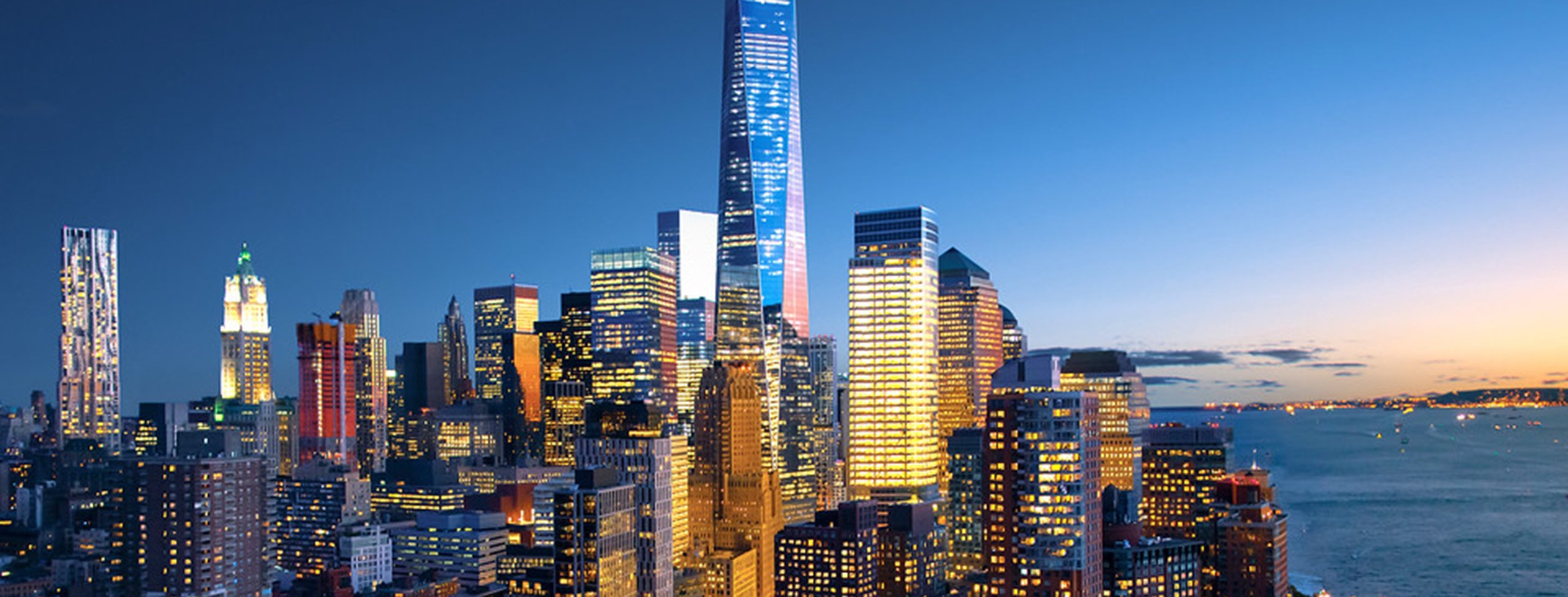
24 January 2023 • 3 minute read
Navigating New York City’s Local Law 97 – issues and challenges
New York City’s Local Law No. 97 requires the City’s largest polluters – its buildings – to cap their greenhouse gas emissions beginning in 2024.
The Law, which became effective in 2019, aims to reduce emissions produced by certain buildings by imposing strict limits to achieve an emissions reduction of 40 percent by 2030 and 80 percent by 2050. The Law presents many issues and challenges for the building owners it affects. In this Commodities Alert, we address key issues for building owners as they navigate the City’s guidance.
Under the Law, covered buildings are (i) stand-alone buildings that exceed 25,000 gross square feet; (ii) two or more buildings on the same tax lot that together exceed 50,000 gross square feet; and (iii) two or more buildings held in the condominium form of ownership that are governed by the same board of managers that together exceed 50,000 gross square feet. The Law requires these buildings to implement prescriptive measures for reducing energy consumption before 2025.
Such measures may require significant retrofitting for some affected buildings. Certain buildings, such as City buildings and buildings on land owned by the New York City Housing Authority, are exempt from the Law, whereas buildings that include affordable and rent-regulated housing could potentially be subject to the Law.
To comply with the Law, beginning in 2025 owners of these affected buildings must file annual reports with the City by May 1 that detail the building’s annual greenhouse gas emissions for the prior year as certified by a registered design professional.
If the building does not fall under the applicable emissions limit, the annual filing must include the amount by which the building exceeds such limit. Such excess is subject to a civil penalty. In considering the amount of the civil penalty to be imposed, a court or administrative tribunal shall give due regard to certain aggravating or mitigating factors such as the building owner’s good faith efforts to comply, among others. Building owners may receive deductions from their reported annual building emissions by demonstrating their purchase of eligible greenhouse gas offsets or eligible renewable energy credits, or their use of clean distributed energy resources at the building subject to the annual report.
There are many uncertainties and questions under the Law. We anticipate further guidance to be issued by the City addressing these open issues. In the meantime, building owners are encouraged to consult with their legal and business advisors to better understand the requirements of the Law and to formulate strategies for compliance therewith.
DLA Piper and CNZ will hold a roundtable on this issue, Navigating Local Law 97 – Issues and Challenges, on Wednesday, January 25, 2023, at DLA Piper’s New York Office. To learn more about the roundtable, please email DLAPiperCommodities@dlapiper.com. Space is limited for this event. We will be publishing a subsequent article on the Law following this roundtable discussion.
For further information on this issue, or to be connected with a DLA Piper attorney, please contact Anna.Colin@us.dlapiper.com.


